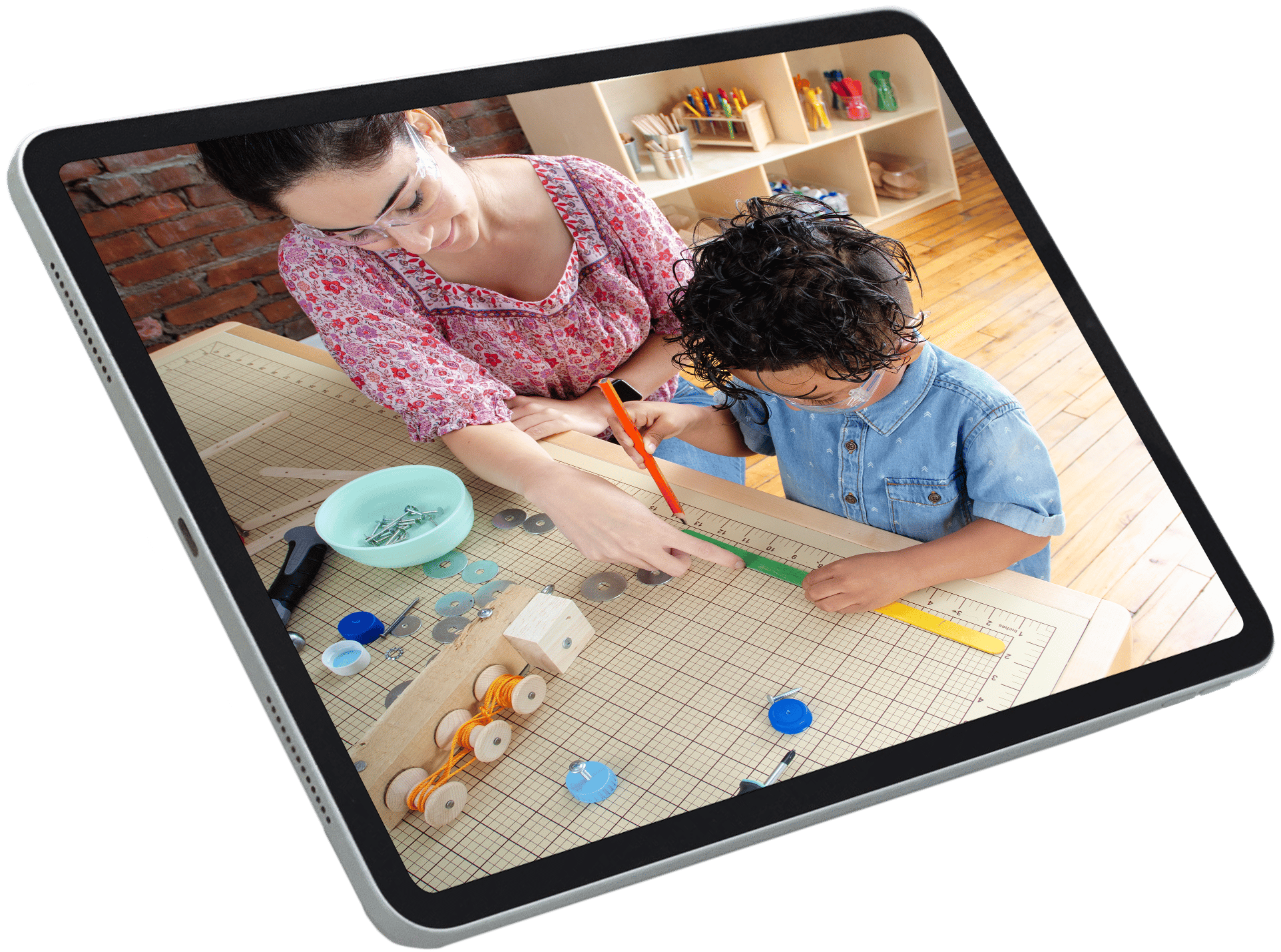Imagine a classroom where big feelings are welcome, meltdowns are rare, and social-emotional learning is an integral part of your daily routine. That type of classroom is possible when you nurture one of the most crucial skills for young children's development: self-regulation.
Self-regulation is more than just a way to prevent classroom scuffles. Helping young children manage their emotions equips them with tools and strategies to solve problems, build friendships, and navigate challenges in formal classroom settings.
In this article, we've outlined five practical strategies for teaching children to press "pause," express their feelings appropriately, and bounce back when things don't go their way.
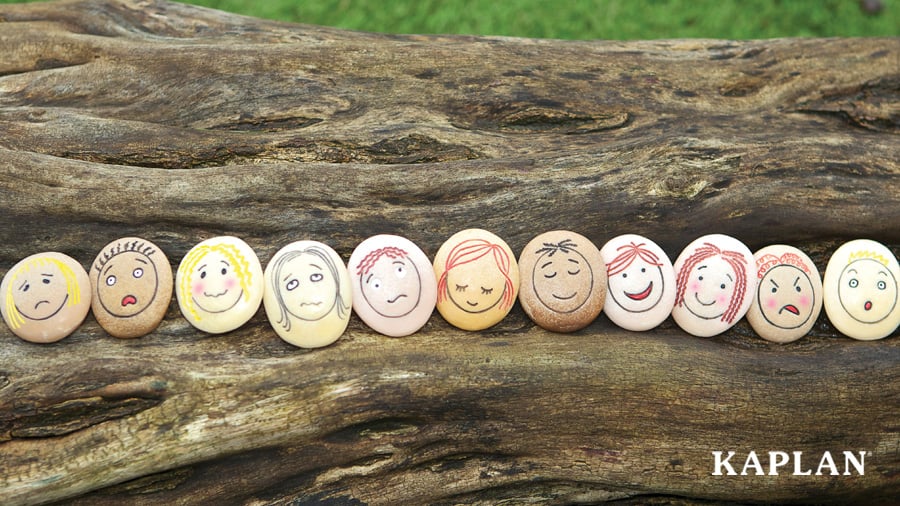
1. Help children recognize their emotions
Helping children learn to recognize and name their emotions is a key part of social-emotional development. When they can identify what they're feeling, they're more prepared to manage their feelings in healthy, appropriate ways.
Young children often experience intense emotions but lack the vocabulary to express them effectively. This language gap can lead to challenging behaviors, such as hitting, throwing, or refusing to participate. Instead of viewing these behaviors as defiant, recognize them as cues that children need help in managing what they're feeling.
Here are a few ways to create opportunities throughout the day to build emotional vocabulary:
- Read books and stories. Select books featuring characters who display both simple and complex emotions. Pause during reading sessions to ask, "How do you think the character is feeling? What actions are they showing or words are they saying that make you think that?" Books like Mouse Was Mad by Linda Urban and Hurty Feelings by Helen Lester provide children with relatable, age-appropriate examples of how to identify their feelings.
- Use visual supports. Young children with emerging language skills often struggle to express their feelings. Visual aids that display feeling faces, such as emotion cards, mirrors, and even emotion cushions, can help bridge the communication gap and ease the frustration that comes with being misunderstood.
- Validate their emotions. Consistently use language that acknowledges their experience: "It's okay to feel sad when someone doesn't want to play with you," or "I see that you are upset right now." This validation helps children understand that all feelings are acceptable, even if not all behaviors are.
- Practice during calm moments. The best time to teach self-regulation is when children are relaxed and receptive, rather than during a meltdown or other stressful situations. Use interactive games or puppet role-playing to help children act out scenarios and discuss feelings in a playful setting.
- Create safe spaces. Create safe spaces. Carve out time for children to express their feelings in a relaxed, low-pressure setting, such as circle time. Check in with children using simple prompts, such as "Tell me about your feelings today."
Kaplan's Identifying Feelings collection of products provides hands-on tools, including emotion stones, feeling puzzles, and interactive games, that make learning about feelings engaging and concrete for young learners.
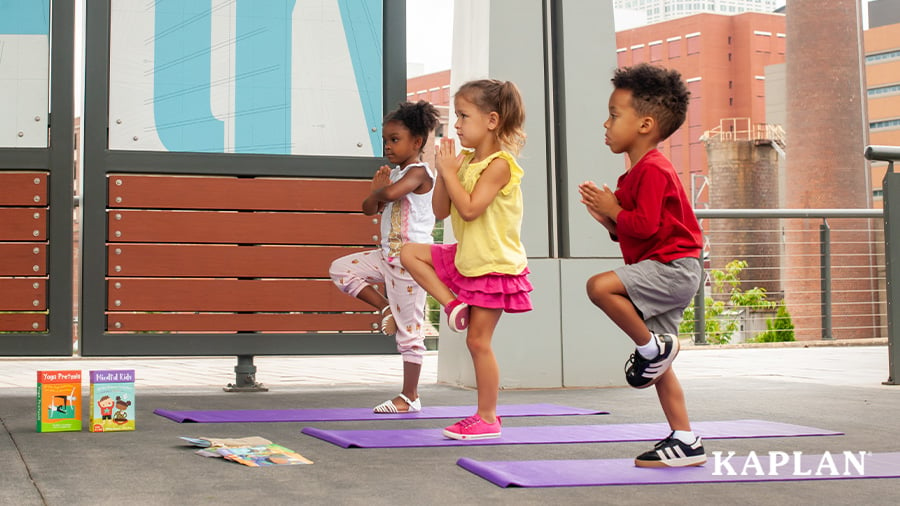
2. Foster a culture of mindfulness
Mindfulness isn't just for adults. It's a powerful tool that helps children develop the self-awareness needed for emotional regulation. In our recent webinar, ABCs of Mindfulness: Aim to Be Calm," Bari Koral, Kids Yoga Expert and Owner of Yogapalooza, shared that even brief mindfulness practices can significantly improve children's attention, emotional regulation, and social interactions.Through mindfulness, we're teaching children to pause, notice their feelings, and respond thoughtfully. To incorporate mindfulness in your classroom, start with a few age-appropriate practices that feel like play, such as:
- Mindful breathing: Teach simple breathing techniques, such as belly breathing, to help children regulate their breath during intense emotions.
- Sensory play: Use activities that engage children's senses, such as sensory bins filled with sand and loose parts to help children slow down, be present, and focus.
- Gentle movement: Simple yoga poses, gentle stretches, and slow, mindful walking can help children tune into their bodies and recognize the feelings they're experiencing.
- Calming rituals: Practices like ringing a chime or dimming lights can help signal to children that it's time to pause and center themselves.
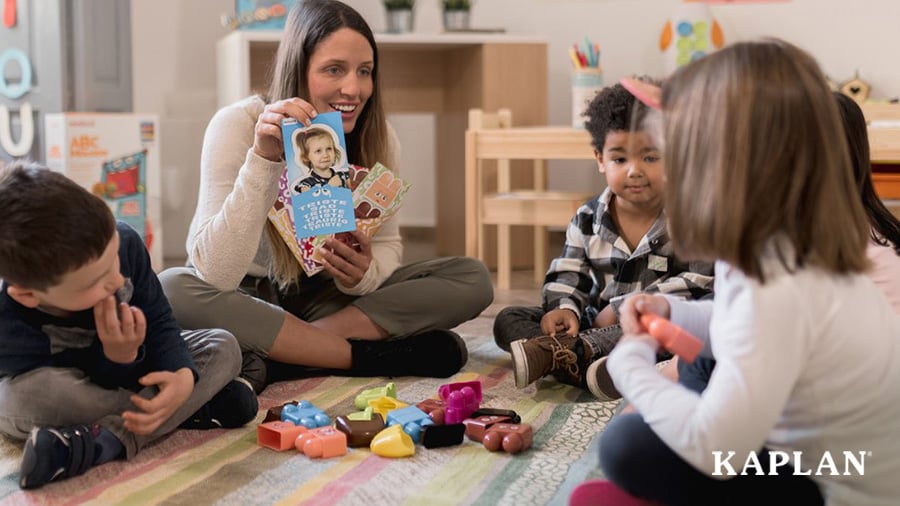
3. Coach children through difficult situations
Don't avoid challenging moments or immediately redirect children away from their big feelings. Instead, use these situations as opportunities to help them build self-regulation skills. Guiding children through these challenges in real time gives them the skills and confidence to manage difficult emotions rather than avoiding them.
Below are a few tips for coaching children through big feelings:
- Use the moment to teach. Say something like, "I notice you're feeling frustrated that your tower fell. That's a normal feeling when something doesn't work the way we want. Let's take three deep breaths together and think about what we could try next."
- Scaffold problem-solving. Offer choices rather than solutions to give children autonomy while providing guidance. You can say, "You seem upset about the blocks. Would you like to try building again, take a break in our calm corner, or ask a friend to help?"
- Model emotional language. During challenging moments, say something like, "I can see your body is telling me you're feeling overwhelmed. Sometimes, when I feel overwhelmed, I like to take deep breaths. Should we try that together?"
- Stay regulated yourself. Children often mirror our emotional states. Suppose we remain calm and present during their difficult moments. In that case, we're teaching them that big feelings are manageable and that they have a trusted adult who can help them navigate challenges.
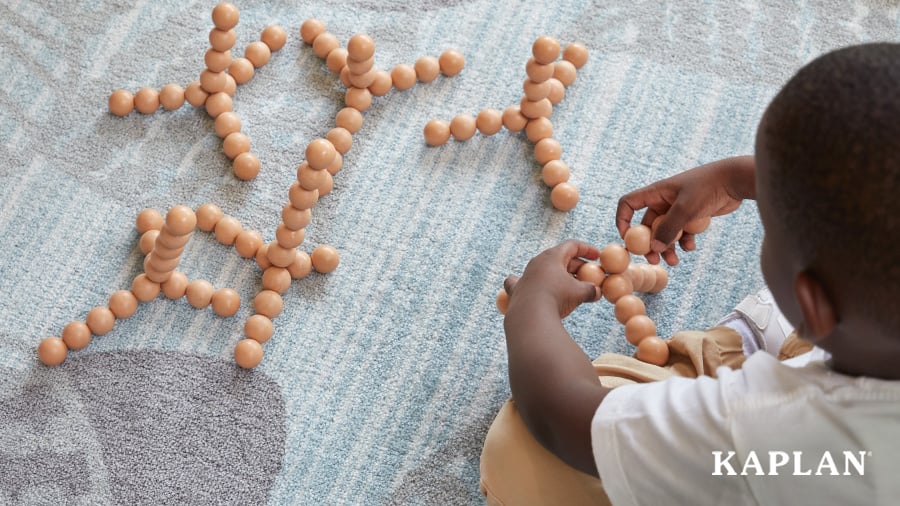
4. Design a peaceful and inclusive learning environment
Your classroom environment either supports or hinders children's ability to self-regulate. When children feel overwhelmed by their surroundings, they spend their energy trying to cope with environmental stressors rather than engaging in learning and social interaction. According to Calm and in Control: Simple and Effective Strategies to Support Young Children's Self-Regulation by Julie Tourigny, OTD, MS, OTR/L, the physical environment should reduce overstimulation while providing sensory experiences that help children regulate themselves. You can start fostering peace and calm in your classroom by:
- Creating predictable spaces. Children should know what to expect when entering your classroom. Maintain consistent room arrangements, use clear visual schedules, and designate specific areas for various activities to create a predictable and inclusive learning environment.
- Paying attention to sensory elements. Consider elements in the learning environment that might overwhelm some children. Can you create quiet spaces with soft furnishings for children to regroup, refocus, and recharge, thereby reducing noise levels? Have you considered using natural lighting or light filters to soften the harshness of fluorescent lights? Can you reduce visual “noise” by decluttering surfaces, using more natural colors, or storing materials in bins with lids or cabinets?
- Incorporating natural elements. The Power of Presence emphasizes that outdoor elements, such as plants and natural materials like wood and stone, help create a sense of calm that aligns with mindfulness principles.
- Providing sensory support for all children. Rather than waiting to see who "needs" accommodations, focus on creating a sensory-friendly classroom where tools like noise-reduction headphones, fidgets, weighted lap pads, and movement cushions are available to anyone who wants to use them.
Kaplan's Providing a Safe Space collection of products includes essential tools for creating a supportive environment that nurtures children’s self-regulation skills.
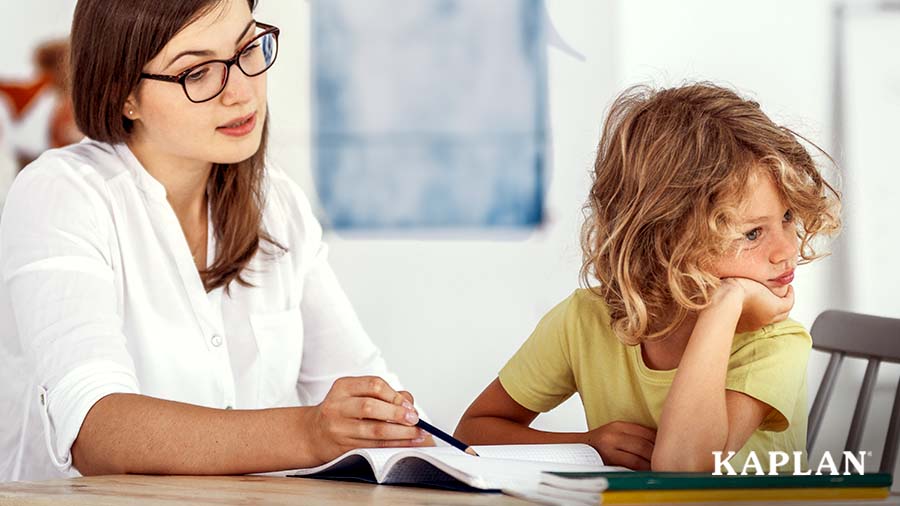
5. Provide additional support and intervention
While most children develop self-regulation skills with consistent support and practice, some children may need additional interventions to build these crucial abilities. When children continue to struggle with managing their feelings despite consistent classroom support, it may be time to explore a more targeted approach.
Before taking this step, it's best to provide objective insights into children's areas of need rather than relying on gut instinct or personal experiences. A research-based assessment, such as the Devereux Early Childhood Assessment (DECA), can provide objective insights into children's social-emotional development and help identify specific areas where children may benefit from additional support. It highlights children's strengths and protective factors—such as initiative, self-control, and attachment—and recommends targeted support to build on what is working.
The DECA provides various reports to help communicate assessment results and recommendations to families, including individual rating reports and strategy reports. The rating report offers a detailed overview of a child’s scores in the assessed areas, while the strategy report offers specific recommendations for families based on the results. With these insights, you can share recommendations with confidence and connect families with the external support their child needs to build foundational social-emotional skills beyond the classroom.
Discover social-emotional resources for your early childhood classroom
Helping children recognize, communicate, and manage their feelings is one of the most valuable skills taught in early childhood. When children develop self-regulation skills early on, they can better handle difficulties, build stronger friendships, and engage more fully in learning throughout their lives. With these five strategies, you can transform your classroom into a place where children feel safe to experience "big feelings" while learning healthy ways to express and manage them.
If you need resources to help teach self-regulation in your early learning classroom, we've got you covered. Kaplan offers research-based tools and resources to support social-emotional development, such as emotion identification games, calming tools, social skills activities, and environmental support for creating regulation-friendly classrooms. Explore our Social & Emotional solutions today to help nurture emotionally confident and resilient children in your early childhood program.

